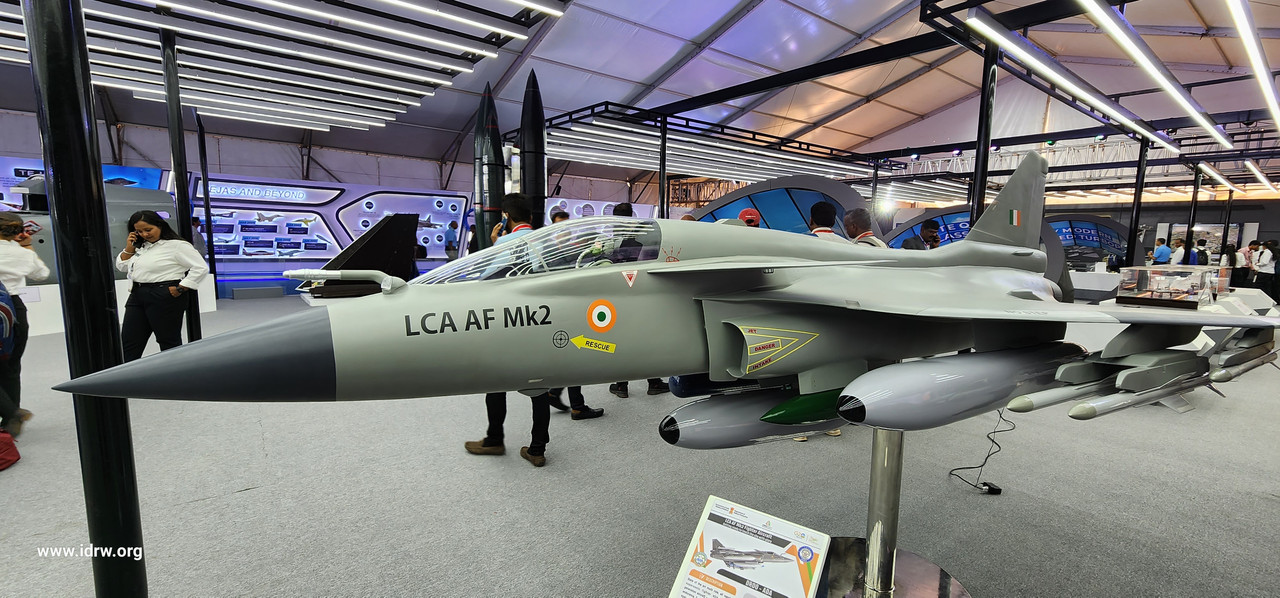SOURCE: AFI


The Indian Air Force’s Software Development Institute (SDI) is playing a pivotal role in the development of the Tejas Mk2 fighter jet, particularly in the area of weapons integration. Collaborating closely with the Aeronautical Development Agency (ADA), the SDI is working to integrate advanced weapons and sensors into the Tejas Mk2, enhancing the aircraft’s combat capabilities.
By involving the IAF more directly in the integration process, the SDI aims to streamline timelines and make the IAF more self-reliant. The transfer of technical know-how from the ADA and SDI to the IAF will enable the air force to conduct integration and flight testing independently, reducing its reliance on external support.
The Tejas Mk2 is set to be equipped with a diverse array of weapons, including the indigenous Astra Mark 1 and Mark 2 missiles, wingtip-mounted ASRAAM missiles, and the DRDO’s RudraM anti-radiation missiles. The SDI is actively involved in developing programs for the RudraM missiles, ensuring their seamless integration with the Tejas Mk2.
In addition to air-to-air missiles, the Tejas Mk2 will also carry a range of ground-attack weapons. The DRDO is developing various bombs for the aircraft, including the Tara high-speed, low-drag glide bomb and laser-guided bombs (LGBs) with laser-guidance kits.
Furthermore, the SCALP missile, procured from the European manufacturer MBDA for the Rafale fighters, will also be integrated with the Tejas Mk2. To accommodate this diverse payload, the Tejas Mk2 will feature 11 hard points, including one on each wingtip for the ASRAAM advanced short-range air-to-air missile.
The involvement of the SDI in the Tejas Mk2 development program is a testament to the Indian Air Force’s commitment to technological advancement and self-reliance. By leveraging the expertise of its software development institute, the IAF is ensuring that the Tejas Mk2 will be a formidable and versatile fighter aircraft.